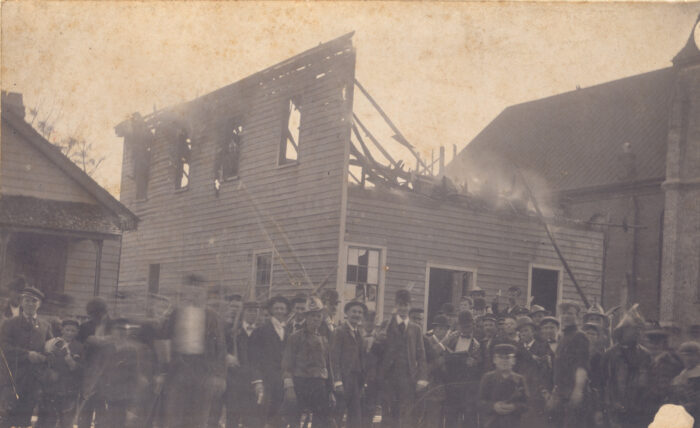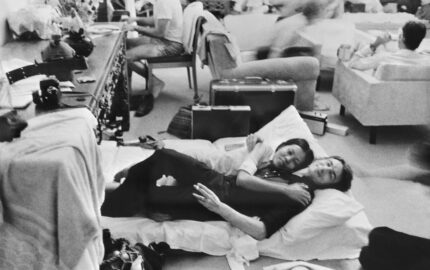Having grown up in North Carolina and required as a child to learn the history of my state, I couldn’t help but be horrified upon learning of a bloody, national event left out of my schoolbooks.
In 2006 I was living in California when my Nieman friend, Melanie Sill (NF ’94), then editor and senior vice president of The News & Observer in Raleigh, told me about the special supplement the paper had printed in November, as had The Charlotte Observer. It was called “The Ghosts of 1898: Wilmington’s Race Riot and the Rise of White Supremacy,” by historian Timothy B. Tyson.
It recounted the truth about the events of Nov. 10, 1898. The local citizens of what was then the state’s largest city, with its abundance of successful black businesspeople, hadn’t “rioted.” They were the target of the powerful white establishment in North Carolina, including newspapers, which launched a statewide propaganda campaign. Sustained vitriolic rhetoric and fearmongering in newspapers led a mob to burn down a black-owned newspaper, murder African-Americans, and overthrow Wilmington’s city government. It was a coup d’etat in the United States, the only successful one historians cite in our country’s history.
The massacre solidified segregation and fueled the Jim Crow movement. As the “Ghosts” special report says, The News & Observer’s publisher then, Josephus Daniels, heralded the ascension of “the party of the White Man,” and the massacre marked a turning point.
I make sure my news literacy students at Wake Forest University see this special report. I want them to know how the press can go horribly astray—not just in places like Rwanda in the hours before the genocide—but in the United States. “The Ghosts of 1898” presents a case of democracy betrayed, leaving newspapers over a century later apologizing for their sins.
The Ghosts of 1898: Wilmington’s Race Riot and the Rise of White Supremacy
By Timothy B. Tyson
The News & Observer, Nov. 17, 2006
Excerpt
On Nov. 10, 1898, heavily armed columns of white men marched into the black neighborhoods of Wilmington. In the name of white supremacy, this well-ordered mob burned the offices of the local black newspaper, murdered perhaps dozens of black residents—the precise number isn’t known—and banished many successful black citizens and their so-called “white nigger” allies. A new social order was born in the blood and the flames, rooted in what The News & Observer’s publisher, Josephus Daniels, heralded as
“permanent good government by the party of the White Man.”
The Wilmington race riot of 1898 stands as one of the most important chapters in North Carolina’s history. It is also an event of national historical significance. Occurring only two years after the Supreme Court had sanctioned “separate but equal” segregation in Plessy v. Ferguson, the riot marked the embrace of virulent Jim Crow racism, not merely in Wilmington, but across the United States. Despite its importance, the riot has remained a hidden chapter in our state’s history. It was only this year that North Carolina completed its official investigation of the violence. In addition to providing a thorough history of the event, the report of the Wilmington Race Riot Commission recommended payments to descendants of victims. And it advised media outlets, including The News & Observer, to tell the people the truth about 1898.
Those truths include that what occurred in Wilmington on that chilly autumn morning was not a spontaneous outbreak of mob violence. It was, instead, the climax of a carefully orchestrated statewide campaign led by some of the leading figures in North Carolina’s history to end interracial cooperation and build a one-party state that would assure the power of North Carolina’s business elite.




